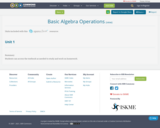
Students can access the textbook as needed to study and work on homework.
- Subject:
- Algebra
- Mathematics
- Material Type:
- Textbook
- Date Added:
- 09/25/2019

Students can access the textbook as needed to study and work on homework.
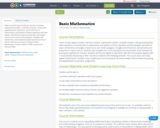
Topics include signed numbers, decimal numbers, exponential notation, scientific notation, solving and graphing linear equations, an introduction to polynomials, and systems of linear equations and their graphs. Geometrical topics include lines and angles, closed curves and convex polygons, triangles and similarities, and symmetry and proportion in nature and art. All course content by Valerie Dietel-Brenneman. Content added to OER Commons by Victoria Vidal.
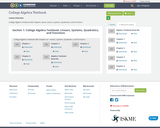
College Algebra Textbook with chapters about Linears, Systems, Quadratics, and FunctionsCC x BY Ben Atchison
![Course Lecture Slides : ROTEL Project Statistics Through an Equity Lens [Revised Edition].](https://img.oercommons.org/160x134/oercommons/media/courseware/lesson/image/Cover_RotelProject_FrSU-Statistics-Anthony-RE.jpg)
These are course lecture slides that are a companion for teaching ROTEL Project Statistics Through an Equity Lens [Revised Edition]. Statistics Through an Equity Lens [Revised Edition] carries a significant responsibility by presenting statistics through an equity lens. There are 8 chapters in Statistics Through an Equity Lens [Revised Edition]. Chapters 7 and 8 are Case Studies and Hypothesis Testing. This Ancillary Resource is Course Lecture Slides for Chapters 1-6. A brief outline of the chapters’ contents follows by section.
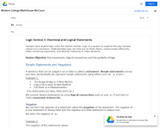
Survey course for college mathematics.

This resource is a series of four videos that provide scaffolding for students who are learning to solve rational equations. Subtitles are included on the videos and for each video there is an accompanying worksheet for students to practice. Solutions are provided for each worksheet.
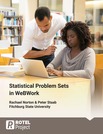
The authors of this book adapted homework problems to improve accessibility and promote diversity, equity, and inclusion in the introductory statistics course they teach at Fitchburg State University. The problems are showcased in this book, but we have also incorporated them into our existing problem sets on an open-source online homework platform called WeBWorK. The problems can be used as a companion to the OpenStax textbook "Introductory Statistics" by Barbara Illowsky and Susan Dean or any other textbook for a semester-long introductory statistics course. For a fuller experience for you and your students, we encourage you to contact us for help accessing the problem sets on WeBWorK. On that platform, students will engage more fully with the questions, and a slightly different version of the same problem will be generated for each student.
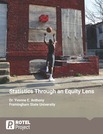
This Open Educational Resource (OER) carries a significant responsibility by presenting statistics through an equity lens. The metaphor of a lens is used intentionally–as the glasses one wears can have a profound effect on what one sees. The book encourages further inspection of the ways in which data is collected, interpreted, and analyzed on a variety of social justice issues, such as health disparities, hunger and food insecurity, homelessness, behavioral health (mental health and substance use), and incarceration of males of color. It also attempts to reveal how the misuse of data can reinforce inequities, for example, by stigmatizing people and labeling neighborhoods as high poverty, violent, and having poor educational opportunities. Whether an intended or unintended consequence, irresponsible data use can contribute to racist impressions of people and communities.
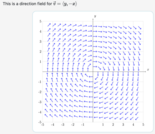
This was an assignment in a junior-level Differential Equations class at Fitchburg State University. It was also part of an Open Pedagogy group in which all participants produced materials for a class in an Open Pedagogy sense. The goal of the group was twofold: 1) to learn what open pedagogy is, both in the general sense as well as in one's particular academic field and 2) to develop an Open Pedagogy assignment in a current or future class.